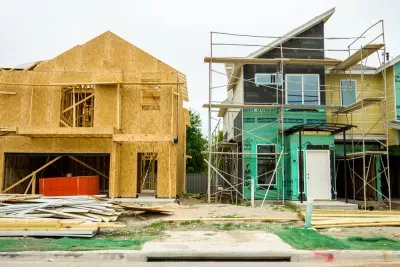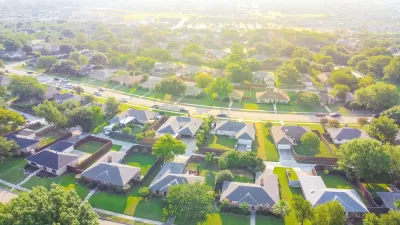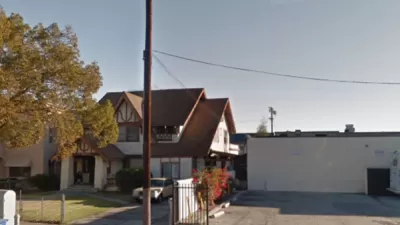NIMBYism in one of the country’s fastest-growing cities contributes to a severe housing shortage and soaring housing costs.

A Texas Monthly piece by Megan Kimble explains the uphill battle faced by housing advocates in Austin, where rents rose by 40 percent between March 2020 and June of this year and families struggle to find affordable housing.
“Since the pandemic began, home prices have increased faster in the capital than almost anywhere else in the country.” Yet the city’s development code, which dictates where different types of housing can be built, was last updated in 1984, meaning the city still guides development based on a time when the population was half as large. Today, building housing is a case-by-case, neighborhood by neighborhood process that leads to drawn-out fights and a prolonged housing shortage.
Kimble argues that the NIMBYism exhibited by many Texas communities has prevented many housing developments from going forward, exacerbating the state’s persistent housing shortage. The article details some specific cases and goes on to explain how zoning can prevent small, vocal groups from gaining outsized influence and blocking beneficial affordable housing projects.
FULL STORY: Why Bringing More Affordable Housing to Austin Is a Block-by-Block Battle

Planetizen Federal Action Tracker
A weekly monitor of how Trump’s orders and actions are impacting planners and planning in America.

Chicago’s Ghost Rails
Just beneath the surface of the modern city lie the remnants of its expansive early 20th-century streetcar system.

San Antonio and Austin are Fusing Into one Massive Megaregion
The region spanning the two central Texas cities is growing fast, posing challenges for local infrastructure and water supplies.

Since Zion's Shuttles Went Electric “The Smog is Gone”
Visitors to Zion National Park can enjoy the canyon via the nation’s first fully electric park shuttle system.

Trump Distributing DOT Safety Funds at 1/10 Rate of Biden
Funds for Safe Streets and other transportation safety and equity programs are being held up by administrative reviews and conflicts with the Trump administration’s priorities.

German Cities Subsidize Taxis for Women Amid Wave of Violence
Free or low-cost taxi rides can help women navigate cities more safely, but critics say the programs don't address the root causes of violence against women.
Urban Design for Planners 1: Software Tools
This six-course series explores essential urban design concepts using open source software and equips planners with the tools they need to participate fully in the urban design process.
Planning for Universal Design
Learn the tools for implementing Universal Design in planning regulations.
planning NEXT
Appalachian Highlands Housing Partners
Mpact (founded as Rail~Volution)
City of Camden Redevelopment Agency
City of Astoria
City of Portland
City of Laramie





























